Muscle Contraction
Muscle contraction is the process in which muscles become shorter and generate tension, resulting in movement. This process involves a complex series of events at the cellular level, including the interaction of proteins and the release of energy. Understanding how muscle contraction occurs is important for understanding how our bodies move and function.
Key Concepts
- Sarcomere: The basic unit of muscle contraction, consisting of overlapping filaments of actin and myosin.
- Sliding Filament Theory: The theory that muscle contraction occurs as the thin filaments of actin slide past the thick filaments of myosin, causing the sarcomere to shorten.
- Neuromuscular Junction: The point of contact between a motor neuron and a muscle fiber, where the signal for muscle contraction is transmitted.
- Calcium Ion Release: The process by which calcium ions are released within muscle cells, triggering the interaction between actin and myosin filaments.
- Energy Production: Muscle contraction requires energy in the form of ATP (adenosine triphosphate) to power the interactions between actin and myosin.
Study Guide
To understand muscle contraction, it's important to grasp the following key concepts and processes:
- Describe the structure of a sarcomere and how actin and myosin filaments are arranged within it.
- Explain the sliding filament theory and how it accounts for muscle contraction at the molecular level.
- Describe the role of the neuromuscular junction in transmitting signals from motor neurons to muscle fibers.
- Discuss the process of calcium ion release within muscle cells and its role in initiating muscle contraction.
- Explain the importance of ATP in providing the energy needed for muscle contraction.
Understanding these concepts will provide a solid foundation for comprehending the intricacies of muscle contraction and its significance in human physiology.
.◂Science Worksheets and Study Guides Fifth Grade. Science Worksheets: Acids and bases
Study Guide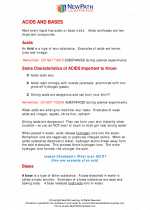 Acids and bases
Acids and bases  Activity Lesson
Activity Lesson Acids and Bases
Acids and Bases  Worksheet/Answer key
Worksheet/Answer key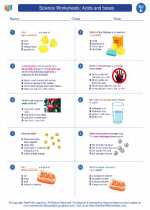 Acids and bases
Acids and bases  Worksheet/Answer key
Worksheet/Answer key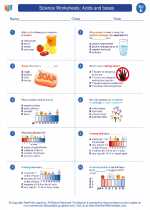 Acids and bases
Acids and bases  Worksheet/Answer key
Worksheet/Answer key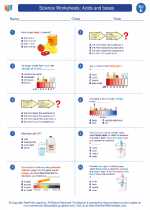 Acids and bases
Acids and bases  Worksheet/Answer key
Worksheet/Answer key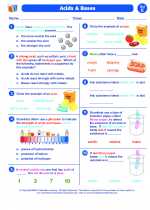 Acids and bases
Acids and bases  Vocabulary/Answer key
Vocabulary/Answer key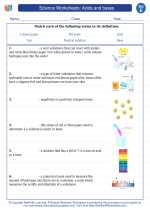 Acids and bases
Acids and bases  Vocabulary/Answer key
Vocabulary/Answer key Science Worksheets: Acids and bases
Science Worksheets: Acids and bases 

 Activity Lesson
Activity Lesson
 Worksheet/Answer key
Worksheet/Answer key
 Worksheet/Answer key
Worksheet/Answer key
 Worksheet/Answer key
Worksheet/Answer key
 Worksheet/Answer key
Worksheet/Answer key
 Vocabulary/Answer key
Vocabulary/Answer key
 Vocabulary/Answer key
Vocabulary/Answer key

The resources above cover the following skills:
PHYSICAL SCIENCE
Matter and Its Interactions
Students who demonstrate understanding can:
Make observations and measurements to identify materials based on their properties.